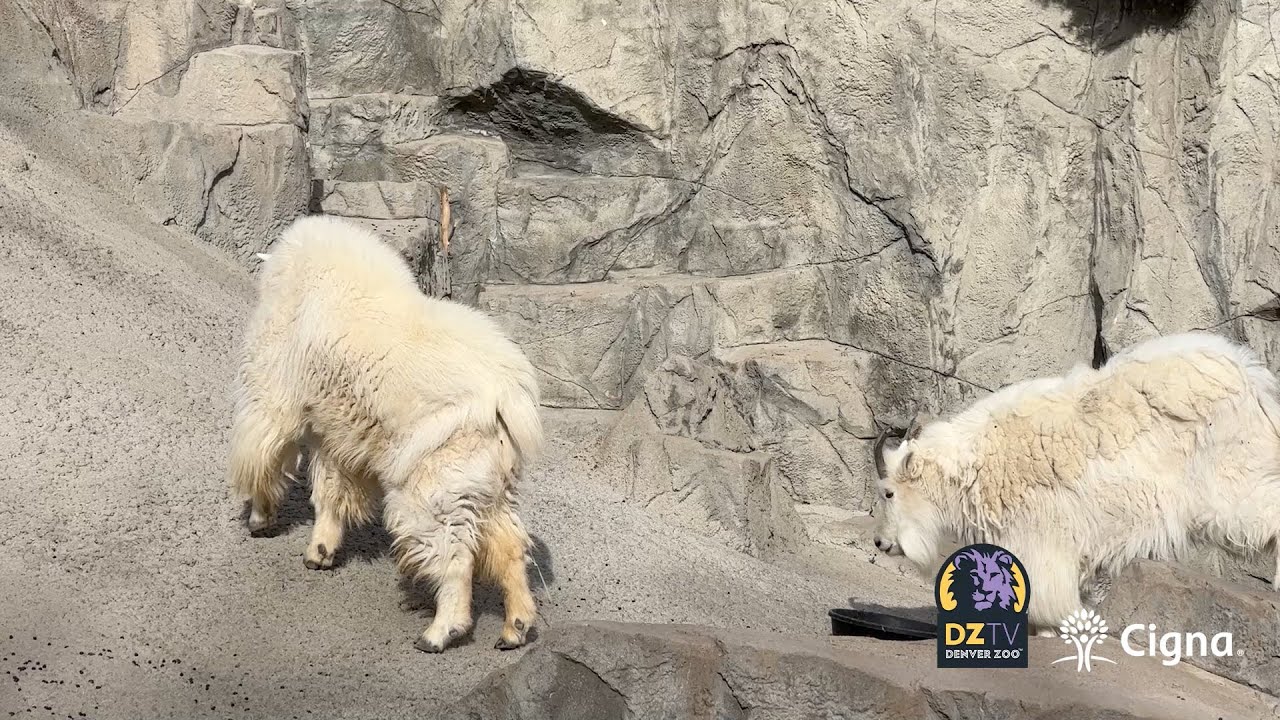*****
Summary of Transcript:
The video talks about how Denver’s cold weather affects animals in the zoo. The zoo keeps the animals inside when it’s super hard or if they have temperature parameters. On warmer but still cold days, some animals are given a choice to go outside, but always ensuring they are comfortable and safe. The zoo’s care teams prioritize the health and comfort of their animals. Rocky mountain goats and sheep are well adapted to the cold weather as they have a double layer of fur to insulate their bodies, and they enjoy being out and about during the winter. The zoo has created special indoor areas for animals to take shelter if they get tired of the cold temperature outside.
*****
Summary of Description:
The article discusses how animals are cared for during the winter season in Colorado. Warm-weather species have heated indoor habitats with everything necessary to keep them safe and warm. Host Carlie McGuire and Keeper Ben Thomas demonstrate how the animals are kept comfortable in the colder temperatures highlighting some thriving winter species in the latest Best Life presented by Cigna.
*****
Keeping Colorado Animals Safe and Warm in the Winter
As temperatures drop and snow covers the ground, many worry about how animals fend in winter weather. However, with proper care and attention, providing a comfortable and safe environment for animals during chilly Colorado winters is possible. This is especially true for animals in captivity, such as in zoos or sanctuaries.
At the Denver Zoo, we pride ourselves on the care and well-being of our animals year-round. In our latest installment of Best Life, presented by Cigna, host Carlie McGuire and keeper Ben Thomas give viewers a behind-the-scenes look at how we keep our animals warm and happy during the winter season.
Indoor Habitats for Warm-Weather Species
As McGuire and Thomas demonstrate in the video, some animals are not built for the colder temperatures of Colorado in the winter. For these species, we provide indoor habitats that are heated and filled with everything they need to stay safe and warm. These habitats range from simple shelters to more elaborate enclosures with heaters, special lighting, and other climate control measures.
Some examples of animals requiring indoor habitats during winter include tropical birds, reptiles, and small mammals. These creatures are adapted to warm, humid climates and can suffer greatly if exposed to cold, dry air. We can ensure their well-being and comfort all year by providing them with indoor habitats that mimic their natural environment.
Special Considerations for Cold-Weather Animals
While many animals require indoor habitats during the winter, some are well-suited to colder temperatures. Some species thrive in the snow and ice that Colorado winters bring. We provide the appropriate bedding, shelter, and food for these animals to keep them healthy and happy.
Wolverines are well-adapted to cold, snowy environments and require plenty of space to move around and explore. By understanding the needs of each species and providing them with appropriate settings, we can ensure their well-being and encourage natural behaviors. For example, the video shows keeper Thomas filling a wolverine‘s habitat with fresh snow, which the animal uses for burrowing and play.
Preparation for Winter Weather Emergencies
While we do our best to prepare for winter weather and keep our animals safe and warm, unforeseen emergencies can always arise. This may include backup generators, additional heating devices, or other measures to keep animals comfortable and secure. In the video, keeper Thomas explains how we have contingency plans for power outages or severe weather events.
In addition to emergency preparedness measures, we work closely with local authorities and weather services to stay informed about incoming storms or other potential hazards. By staying proactive and vigilant, we can minimize the risks to our animals and respond quickly if any issues arise.
Conclusion
As the video demonstrates, caring for animals during Colorado winters requires a multifaceted approach that considers each species’ unique needs. From providing heated indoor habitats to creating appropriate environments for cold-weather animals, we strive to provide the best possible care year-round. Doing so ensures their comfort, health, and well-being throughout even the chilliest of winters.
*****
Source Description
We often get asked how we care for our animals during chilly Colorado winters. For warm-weather species, they have heated indoor habitats filled with everything they need to stay safe and warm. Our latest Best Life, presented by Cigna, Host Carlie McGuire, and Keeper Ben Thomas, show how we make our animals comfortable in cooler temperatures and highlight some species that thrive in the winter. #CignaMountainStates ❄️


